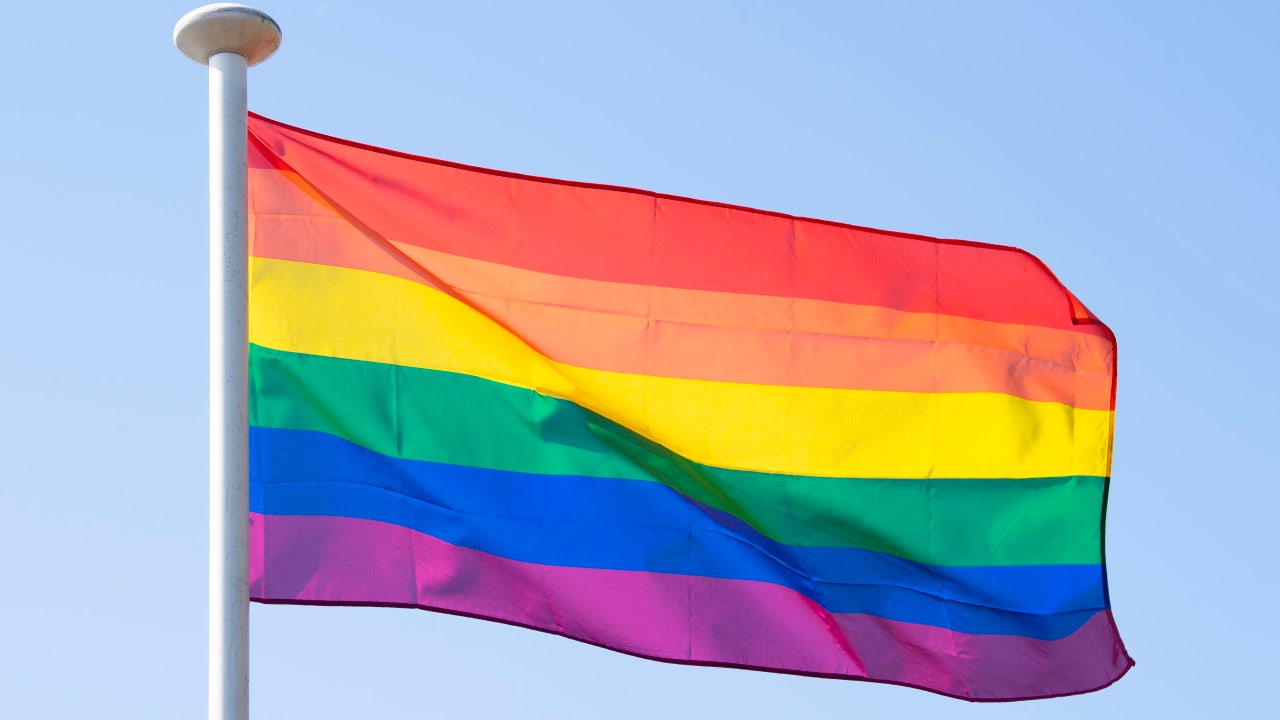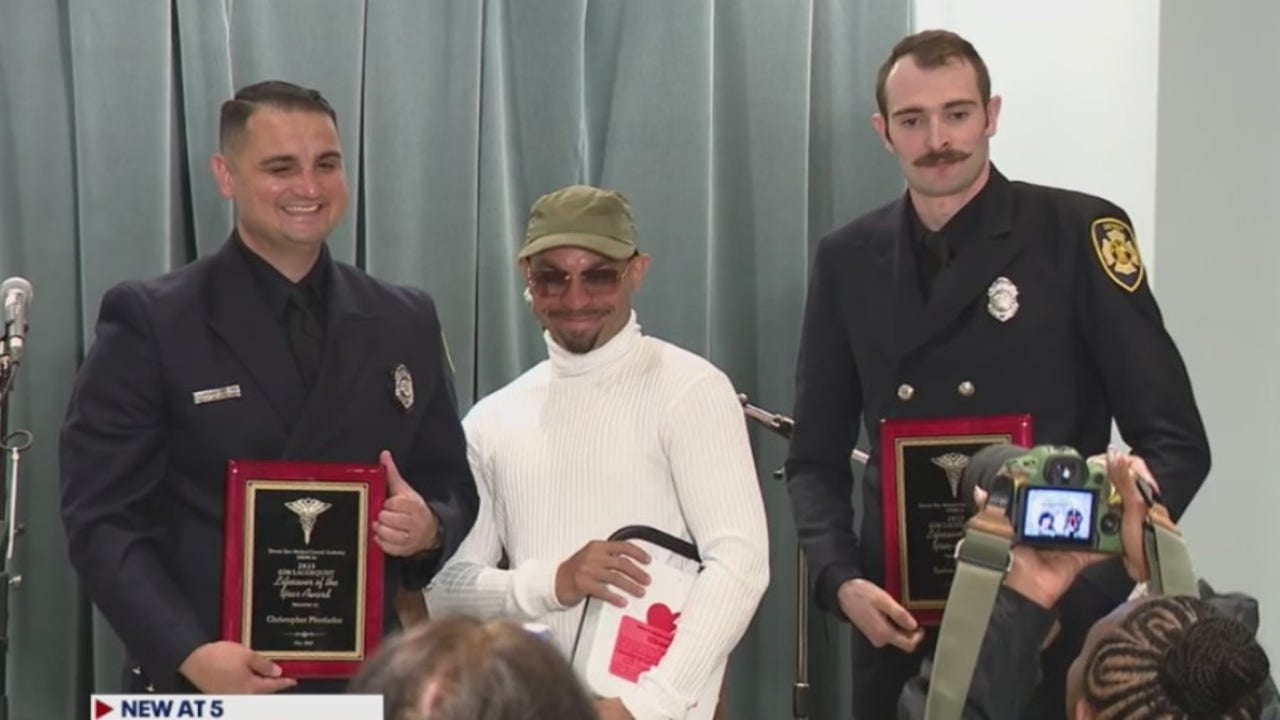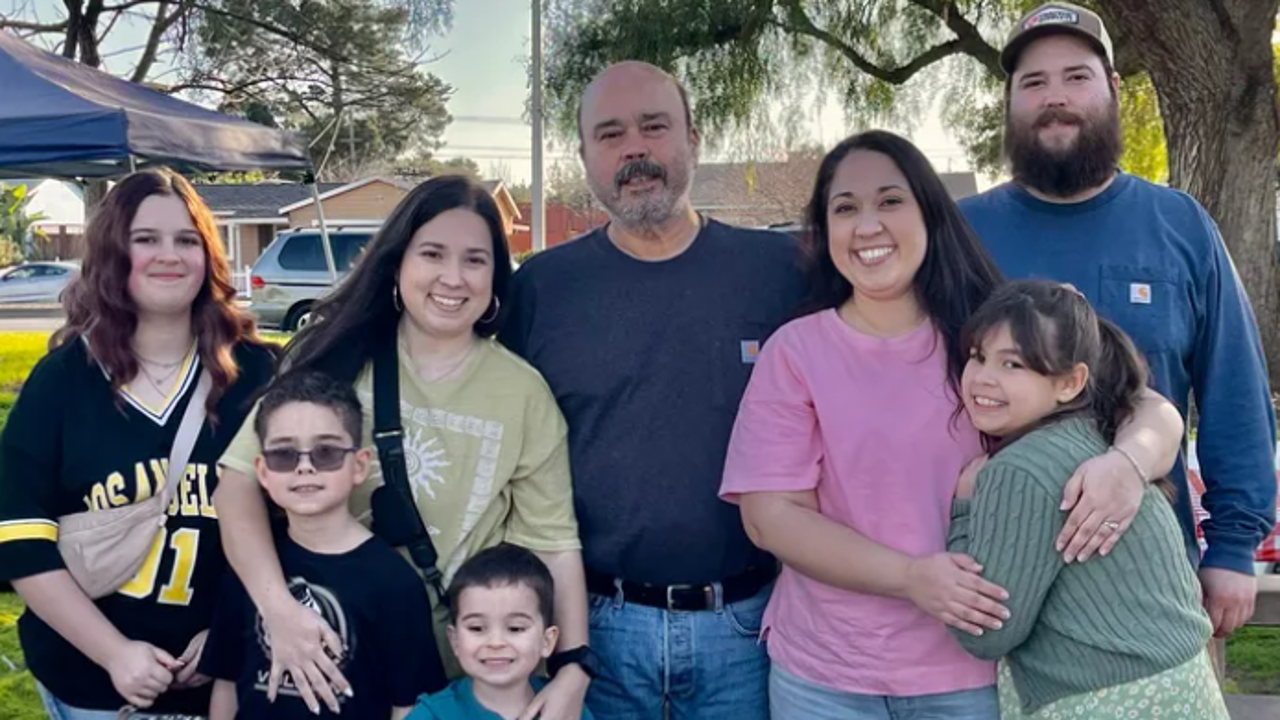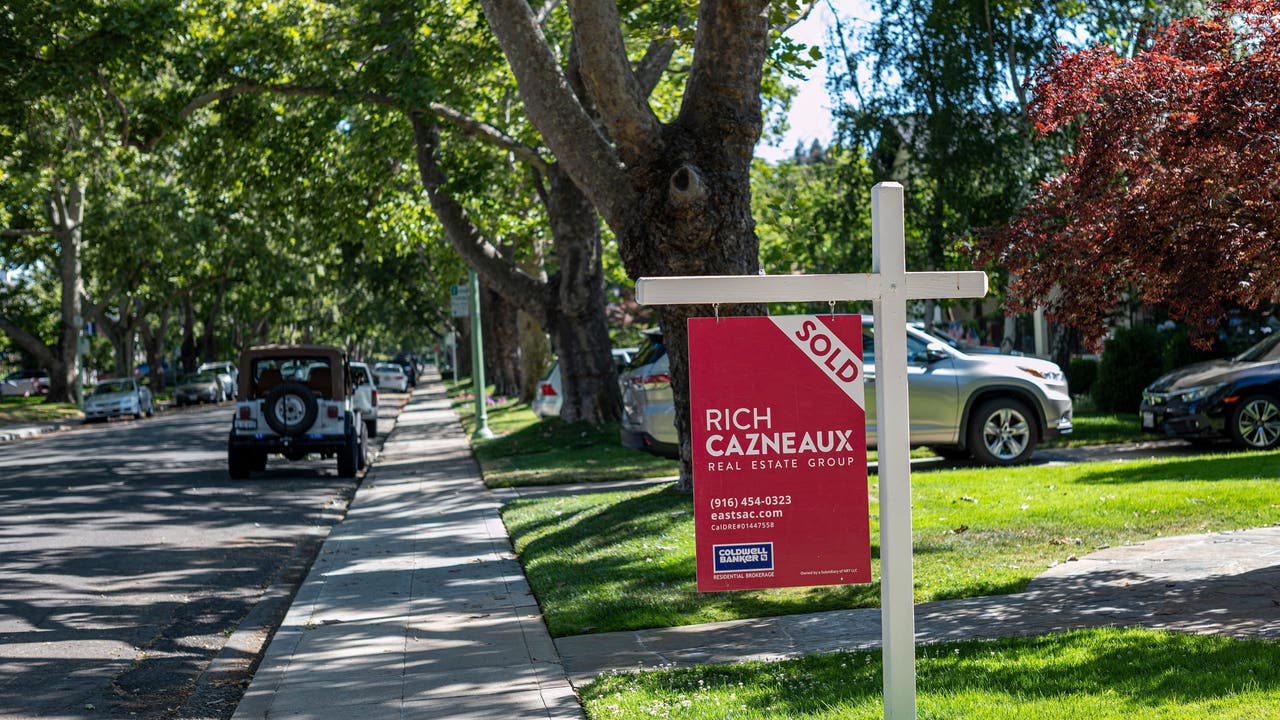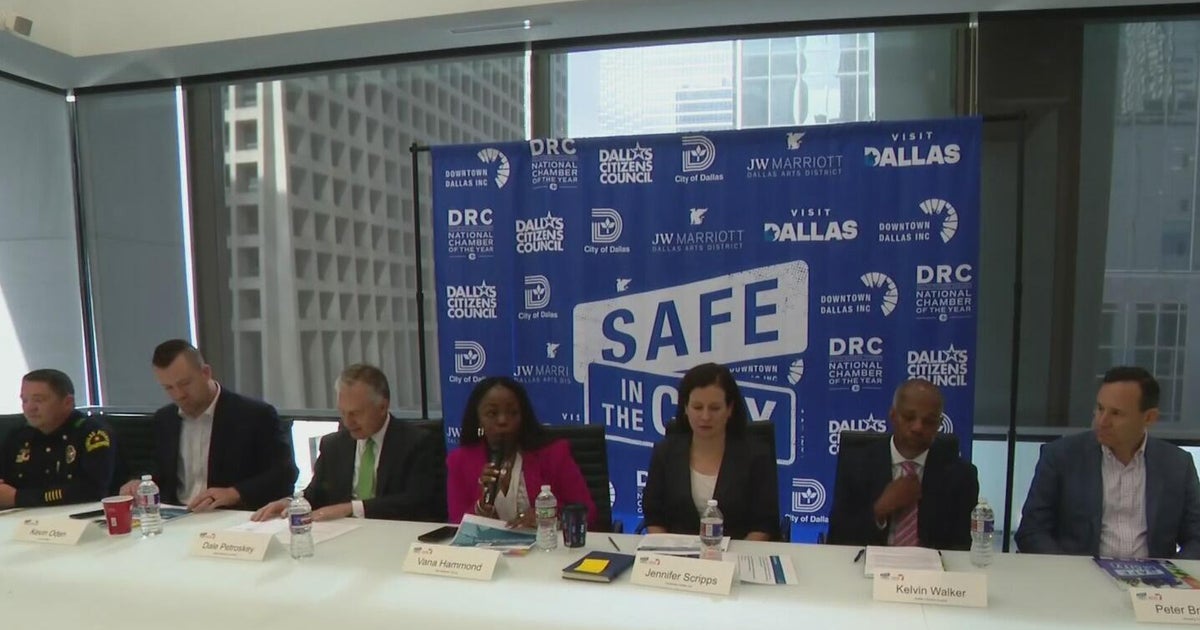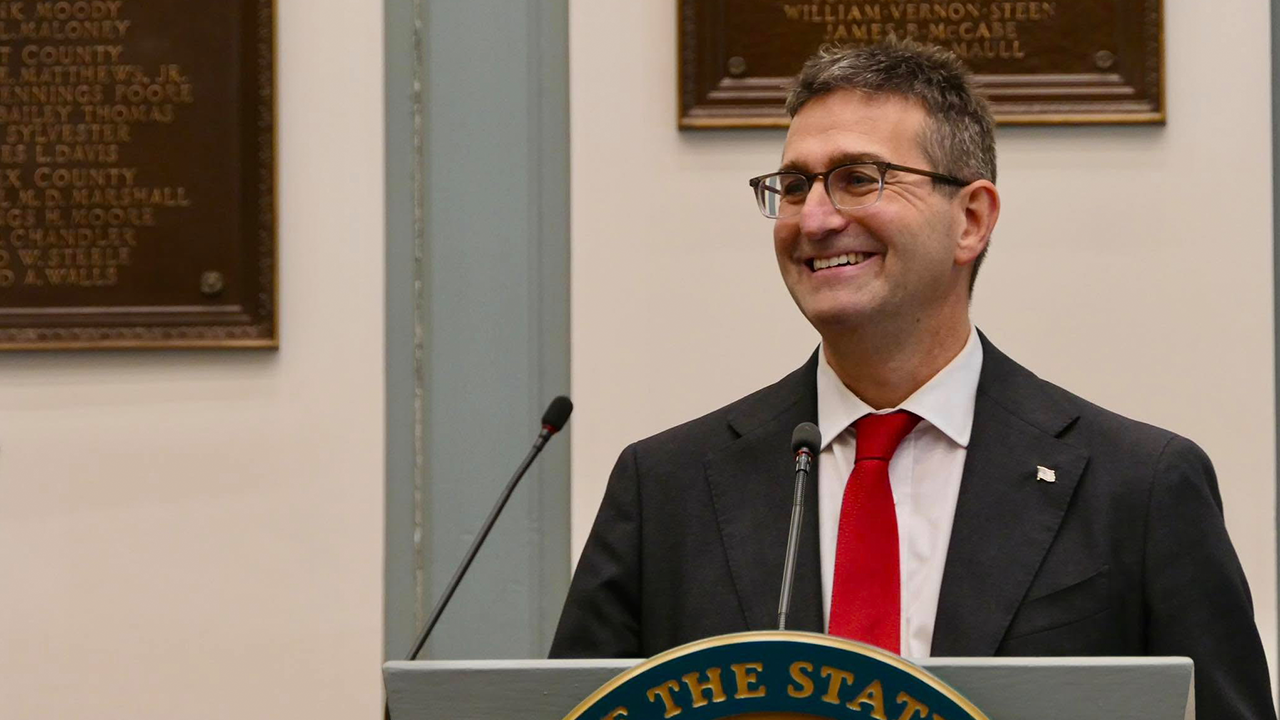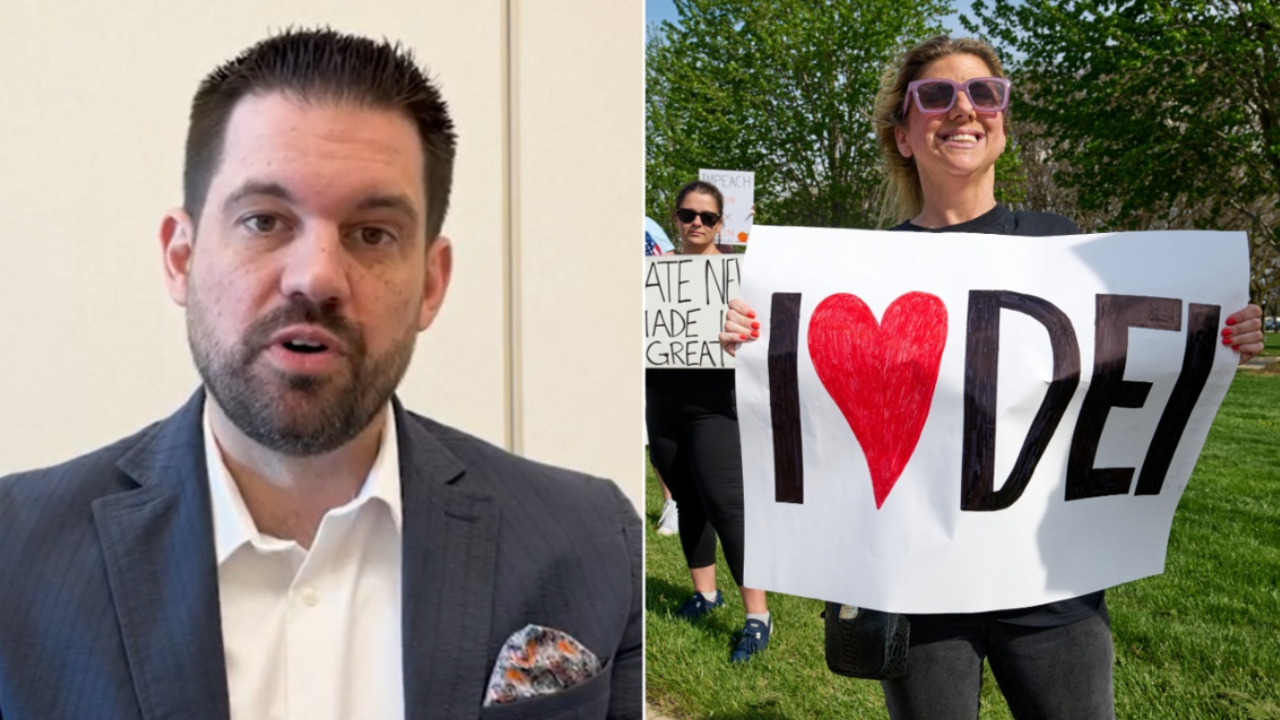Reporting by Steve Gorman in Los Angeles, Editing by Rosalba O’Brien
Utah
NASA’s first asteroid sample on track for Sunday parachute landing in Utah
/cloudfront-us-east-2.images.arcpublishing.com/reuters/7SPSUELZQVKR3GIOI7Z4YMH6D4.jpg)
[1/2]The United Launch Alliance Atlas V rocket carrying NASA’s Origins, Spectral Interpretation, Resource Identification, Security-Regolith Explorer (OSIRIS-REx) spacecraft lifts off from Space Launch Complex 41 at Cape Canaveral Air Force Station, Florida, U.S. in this September 8, 2016 handout photo. Acquire Licensing Rights
LOS ANGELES, Sept 23 (Reuters) – A NASA space capsule carrying a sample of rocky material plucked from the surface of an asteroid three years ago hurtled toward Earth this weekend headed for a fiery plunge through the atmosphere and a parachute landing in the Utah desert on Sunday.
Weather forecasts were favorable and the robotic spacecraft OSIRIS-REx was on course to release the sample-return capsule for final descent as planned, with no further adjustments to its flight path needed, NASA officials said at a news briefing on Friday.
Mission managers are expecting a “spot-on” touchdown on the U.S. military’s vast Utah Test and Training range, west of Salt Lake City, said Sandra Freund, program manager at Lockheed Martin, which designed and built the spacecraft.
The round, gumdrop-shaped capsule is scheduled to land by parachute at 10:55 a.m. EDT (1455 GMT), about 13 minutes after streaking into the top of the atmosphere at roughly 35 times the speed of sound, capping a seven-year voyage.
If successful, the OSIRIS-REx mission, a joint effort between NASA and scientists at the University of Arizona, would mark the third asteroid sample, and by far the largest, ever returned to Earth for analysis, following two similar missions by Japan’s space agency over the past 13 years.
OSIRIS-REx collected its specimen from Bennu, a carbon-rich asteroid discovered in 1999 and classified as a “near-Earth object” because it passes relatively close to our planet every six years. Scientists put the odds of it striking Earth at 1-in-2,700 in the late 22nd century.
Bennu is small as asteroids go, measuring just 1,600 feet (500 meters) in diameter – slightly wider than the Empire State Building is tall but tiny compared with the cataclysmic Chicxulub asteroid that struck Earth some 66 million years ago, wiping out the dinosaurs.
Like other asteroids, Bennu is a primordial relic of the early solar system whose present-day chemistry and mineralogy are virtually unchanged since it formed some 4.5 billion years ago. It thus holds valuable clues to the origins and development of rocky planets such as Earth, and may even contain organic molecules similar to those necessary for life to evolve.
“We’re literally looking at geologic materials that formed before Earth even existed,” Dante Lauretta, principal investigator for the mission at the University of Arizona, Tucson, told reporters last month.
OSIRIS-REx launched in September 2016 and reached Bennu in 2018, then spent nearly two years orbiting the asteroid before venturing close enough to sink its robot arm into the loose surface on Oct. 20, 2020, in a grab-and-go maneuver.
The spacecraft embarked on a 1.2-billion-mile cruise back to Earth in May 2021.
The Bennu sample is estimated at 250 grams (8.8 ounces), far surpassing the amount of material carried back from asteroid Ryugu in 2020 and asteroid Itokawa in 2010.
On arrival, the new sample will be flown by helicopter to a “clean room” set up at the Utah test range for initial examination, then transported to NASA’s Johnson Space Center in Houston, to be parceled into smaller specimens promised to some 200 scientists in 60 laboratories around the world.
The main portion of the OSIRIS-REx spacecraft, meanwhile, is expected to sail on to explore yet another near-Earth asteroid.
Our Standards: The Thomson Reuters Trust Principles.

Utah
Audit finds problems with Utah public school construction standards

SALT LAKE CITY — A new performance audit released Tuesday by the Office of the Legislative Auditor General (OLAG) reveals consistent problems across the state when it comes to construction standards for public school projects.
The OLAG says that the Utah State Board of Education (USBE) is not sufficiently overseeing school constructions and that the legislature should seek alternatives.
One cornerstone of public safety in schools is how those facilities are built. In recent years, there is plenty of building being done.
“Since 2019, [USBE] have overseen over $3.6 billion worth of constructions,” said Jesse Martinson with OLAG, who helped manage this audit.
But does all that work meet state standards?
“We looked at 30 projects and found that 87 percent (26 of the projects) did not receive a permit from USBE,” Martinson said.
The legislative auditor general found that it often hasn’t. In another example, out of 41 local districts statewide, only five of their building officials had proper code certifications.
“These codes represent the minimum standards to protect the life and safety of occupants,” said Jake Davis, who’s credited as the lead performance auditor on this report with OLAG.
Davis says there were also problems with inspection reporting compliance, from projects missing plan reviews to multiple schools not building firewalls.
“We are at a decisive point in the future of oversight of school construction,” said Deputy Superintendent Scott Jones with USBE.
Jones says the state board requested this audit because while they have a process for handling non-compliant buildings, resources are limited.
“It doesn’t go unresolved or unnoticed – it just takes time,” Jones said. “Myself and one other position are dedicated to school construction oversight.”
Another issue the audit uncovered was that one school district’s bid practices were concerning.
The unnamed district gave 18 construction projects exclusively to one contractor since 2014, with the costs totaling up to over $250 million.
The auditors say this bundling tactic may not be inappropriate, but it “exhibits the appearance of impropriety.”
House Speaker Mike Schultz (R-Hooper) said any changes implemented should also aim to better benefit the taxpayer.
“Because you look at these Taj Mahals that are being built — all across the state,” said Speaker Schultz. “In many cases, it’s 25, 30, 40 percent more than what needs to be spent.”
So lawmakers now have to lay the groundwork for that future.
“There are a lot of independent inspectors out there that can be hired,” Speaker Schultz said. “I think that can be happening and, quite frankly, should be.”
Whether the answer is designating a new state agency to absorb USBE’s responsibilities, giving more power to local agencies or improving the current system, Senate President Stuart Adams said this project is a tough one they intend to tackle together.
“We all want the same things,” said Jones. “We want our kids to be educated in very safe environments and very safe buildings.”
Utah
Utah Jazz’s Lauri Markkanen Floated in Trade Rumors With 76ers

Could the Utah Jazz look into a Lauri Markkanen trade once again this summer?
When asking around the league, a few teams seem to think that possibility is yet again on the table for the Jazz front office.
According to ESPN draft expert Jonathan Givony, some teams across the NBA expect the Philadelphia 76ers to investigate a trade involving their third-overall pick, and Markkanen, along with Kevin Durant, could be potential targets.
“Some teams expect the Sixers to be active in trade conversations, with names such as Kevin Durant (Phoenix) and Lauri Markkanen (Utah) as potential targets in packages that could include Paul George and the No. 3 pick,” Givony said. “Sixers president of basketball operations Daryl Morey has made a career of being active and aggressive on the trade front, but historically, it’s rare to see a top-three pick being traded.”
The Jazz silenced any and all trade chatter on Markkanen at the end of last summer heading into the 2024-25 campaign by inking him to a five-year, $280 million extension, effectively placing a trade restriction on his services throughout the entirety of the regular season.
But now, the offseason is getting underway. That trade restriction is no longer in play, and with it could come a change of tune from the Jazz brass concerning a Markkanen trade, if they see an opportunity come their way that they like. Perhaps a trade into the top three to acquire a young franchise cornerstone could be the move to push the needle.
Markkanen comes off an injury-ravaged and up-and-down season, one where he played in 47 contests to average 19.0 points, 5.9 rebounds, and 1.5 assists on 42.3% shooting from the field. While not up to the standards he’s posted for the past two years in Utah, the league knows what Markkanen can do at his best, and maybe for Philadelphia, he could be the win-now piece they covet more than a young prospect.
However, it still remains up in the air if this Jazz front office truly wants to part ways with their star talent in Markkanen. Just last offseason, we saw how highly Utah valued their All-Star forward in trade rumors with those like the Golden State Warriors, where the saga ended in their asking price being too high, and inevitably putting pen to paper on a new extension.
Could the Jazz have changed their mindset after one year into Markkanen’s contract? It’s hard to say, but to pick up a long-aspired high-ceiling young player into the top three of the draft, maybe Utah finally ends up pulling that trigger.
Though with an executive like Danny Ainge at the helm, it’s hard to map out how any offseason could eventually transpire. This time around is no different.
Recommended Articles
Utah
Utah man kidnaps family for 6 months, lying they needed protection from 'cartel,' police say

SALT LAKE CITY — A Utah man accused of holding his girlfriend and her family in their home for six months on a lie that “cartel” members were after them has been arrested.
Dominic Garcia, 23, faces 28 counts, including seven each of kidnapping and assault, after his arrest Saturday. He remained held Monday in the Salt Lake County jail, NBC News reported.
He allegedly told police he lied to the family about needing to protect them from a nonexistent “cartel,” according to the police affidavit.
“Dominic said that he continued this lie for several months because he did not know how to stop it in fear that they would not like him,” the affidavit reads.
He had no attorney listed to speak on his behalf.
Garcia moved in with the family of seven in the Salt Lake City suburb of Millcreek in December. Soon after, he allegedly told them his own family had business ties to a cartel and the family needed to protect themselves.
Garcia allegedly began carrying a handgun and repeatedly told family members the cartel would kill them if they did not do as he told.
Other family members allegedly told police Garcia, at times, kept them from leaving the house for more than short periods.
Police went to the house after getting a call from someone inside, according to the affidavit.
“The complainant reported they weren’t able to take it any longer, and they were holding Dominic at gunpoint until police arrived,” the affidavit states. “Officers arrived and took Dominic into custody without incident.”
-

 Technology1 week ago
Technology1 week agoMexico is suing Google over how it’s labeling the Gulf of Mexico
-

 Politics1 week ago
Politics1 week agoDHS says Massachusetts city council member 'incited chaos' as ICE arrested 'violent criminal alien'
-

 Education1 week ago
Education1 week agoA Professor’s Final Gift to Her Students: Her Life Savings
-

 Politics1 week ago
Politics1 week agoPresident Trump takes on 'Big Pharma' by signing executive order to lower drug prices
-

 Education1 week ago
Education1 week agoVideo: Tufts Student Speaks Publicly After Release From Immigration Detention
-

 Culture1 week ago
Culture1 week agoTest Yourself on Memorable Lines From Popular Novels
-

 News7 days ago
News7 days agoAs Harvard Battles Trump, Its President Will Take a 25% Pay Cut
-

 News1 week ago
News1 week agoWhy Trump Suddenly Declared Victory Over the Houthi Militia

